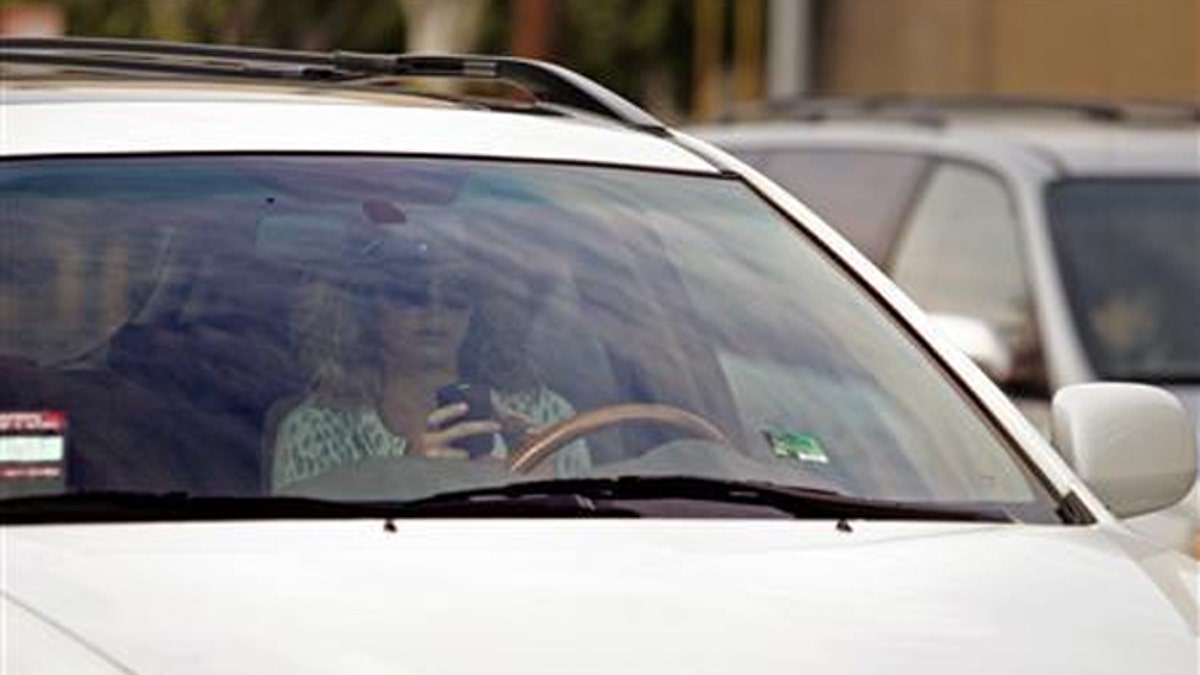
In a study of newly-licensed drivers, the number of sharp turns and screeching halts teens made predicted their chance of having a crash or a near crash a few weeks later.
Researchers said that while they'd assumed riskier young drivers have more accidents, the new study provides more concrete data to show that's likely the case.
"In some ways, it's not a huge surprise what they found," said Jean Shope, a researcher from the University of Michigan Transportation Research Institute in Ann Arbor who wasn't involved in the new study.
"A lot of us have ridden with drivers who drive in a jerky way and start too fast and then have to brake hard, and it makes us uncomfortable," she told Reuters Health. "We instinctively know these people are putting themselves at risk, and us."
Though the study used computer and camera equipment to measure "elevated gravitational-force events," or g-force events, researchers said what may be most important is that monitoring and feedback happen at all -- whether they come from a device or a person.
"In a way this reminds us how important it is that parents monitor their young person's early driving, and have some sense of how they're doing," Shope said.
Researchers led by Bruce Simons-Morton from the Eunice Kennedy Shriver National Institute of Child Health and Human Development in Bethesda, Maryland, outfitted the cars of 42 new teen drivers in Virginia with equipment to record high g-force events, such as quick starts and sharp, screeching turns.
They monitored the drivers for 18 months, also keeping track of any crashes or near crashes the teens had.
For every 100 miles of driving, the equipment recorded from close to zero to about 50 elevated g-force events, depending on the teen. Out of more than 68,000 driving trips across the study, there were 37 crashes and 242 near crashes while the teens were behind the wheel.
Simons-Morton and his colleagues found that as the rate of g-force events during driving increased, so too did the number of crashes and near crashes. G-force events in one month, they reported in the American Journal of Epidemiology, did a fairly good job of predicting a teen's crashes and near crashes in the next month.
"What we're saying in this paper is not that these events cause the crash," Simons-Morton told Reuters Health.
"What it means is that the pattern of driving, of risky driving measured by elevated g-force events, seems to be about as good a predictor as we know of for predicting a crash, at least among young drivers."
Though the devices his team used are not widely available, electronic products that assess teen driving and give feedback are on the market. The systems run about $500, plus a monthly service fee.
It hasn't been proven whether having that kind of system in the car will cut an individual teen's chance of getting into an accident.
"I don't know how likely it is that this is a widely practical application," Shope said.
Parents can also keep a close eye on their kids without any special equipment, researchers said, and make sure they avoid situations that increase their chance of having an accident.
"What's important for parents to know and for policymakers to know is that young drivers are at very high risk, and even if you could identify those who are at somewhat lower risk than higher risk, the biggest part of the risk is being inexperienced," Simons-Morton said.
"Novice drivers should mainly be driving on the best and most familiar roads, (during) daytime, not bad weather... until they get enough experience."
